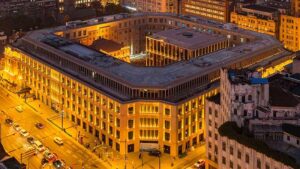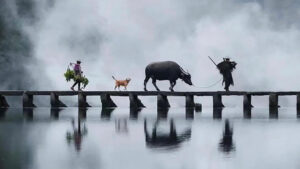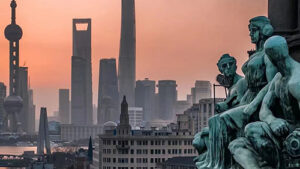Home » Hong Kong » How to plan a 3-day Hong Kong itinerary?
Due to its excellent location, Hong Kong is Asia’s financial center, shopping paradise and tourist destination. Once colonized by the British for 156 years, Hong Kong has achieved a perfect blend of Chinese and Western cultures. As a result, more tourists are fascinated by its unique culture. The ideal Hong Kong itinerary should not be less than 3 days. So how can you experience this fantastic city in 3 days?
Suggestion: It is recommended that you purchase an Octopus card upon arrival in Hong Kong. With an Octopus card, you can skip all kinds of queuing for tickets and change of money, and use it for transportation, dining, entertainment, shopping, and even parking.
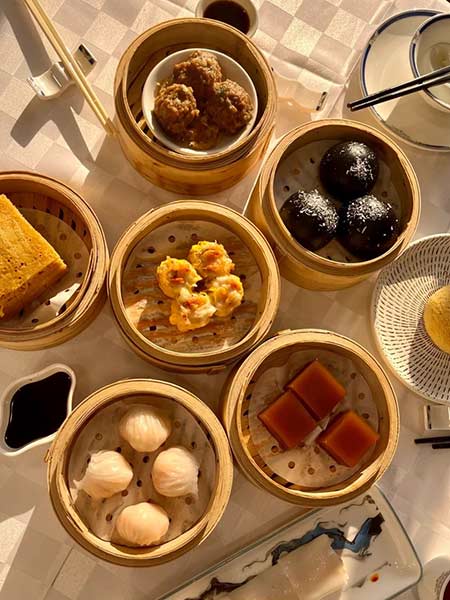
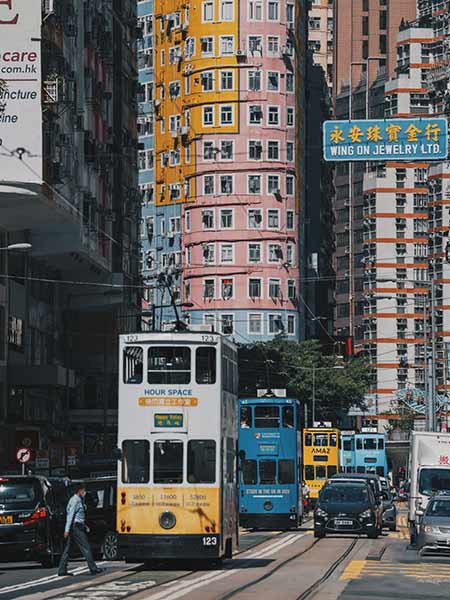
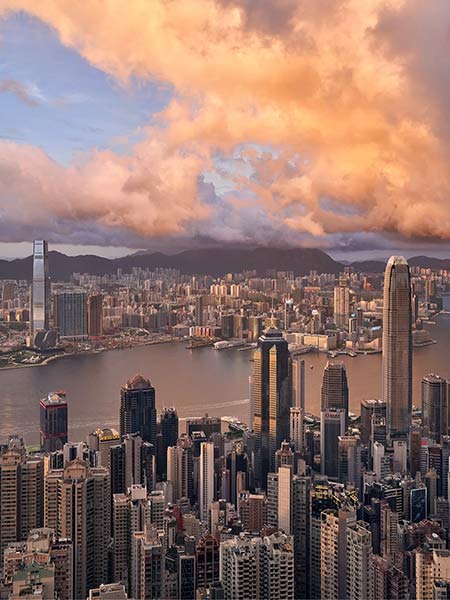
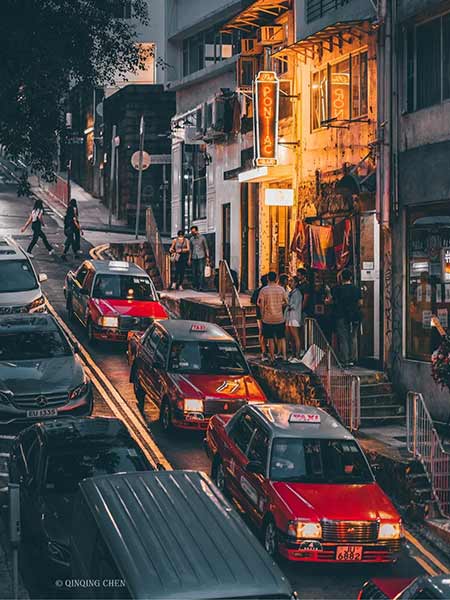
Cantonese Morning Tea
Cantonese Morning Tea is an indispensable part of Hong Kong people’s daily life. In the teahouse can experience the most original life of Hong Kong people. Some people say that if you do not enjoy a Cantonese morning tea in a teahouse is equivalent to not having been to Hong Kong.
Hong Kong people eat morning tea simultaneously with Westerners eating brunch. It is recommended to make reservations in advance to avoid long queues.
Read “2022 The best restaurants in Hong Kong with their must-try Chinese food” to learn about the most recommended Shanghai morning tea restaurants and dishes.
Ding-ding Tram
After having morning tea, it is close to noon. We recommend taking a Ding-ding Tram to savour the view of the city and the daily life of ordinary people on the second floor of the slow tram.
The Ding-ding Tram, also known as the double-decker tram, is a mode of transportation found only on Hong Kong Island. It is called “Ding-ding” because of the “ding ding” sound it makes when driving.
After having your morning tea, use your cell phone map to search for the nearest Ding-ding tram station. Choose the correct route to ensure that you will pass through Central, Wan Chai, and Causeway Bay. For example, if you are having your morning tea in Central, you are right to take any of the Ding-ding Trams heading west to east.
Tips: Swipe your Octopus card when you get off at the front door.
You can also join the ‘Ding-ding Tram Tour‘ with a professional tour guide to get a better experience.
Take the Peak Tram to the top of Victoria Peak.
Known as one of the top three night scenes in the world, the night view of Victoria Harbour is not to be missed. It is highly recommended that you take the Peak Tram to the top of Victoria Peak in the afternoon, visit Madame Tussauds first, and then enjoy the panoramic view of Hong Kong from dusk to night at the Peak. Unlike Tsim Sha Tsui on the Kowloon Peninsula, a popular night spot, the three-dimensional feeling of tall buildings is presented in front of you. It is shocking, and you must experience it with your own eyes to feel its charm.
Tips: The address for taking the peak tram is ‘33 Garden Rd, Central, Hong Kong.’
Lan Kwai Fong
After descending the hill, if you still have enough energy, you must feel the incredible nightlife of this city that never sleeps. Almost all Hong Kong movies and TV dramas showing Hong Kong nightlife are inseparable from Lan Kwai Fong. The secluded and narrow, and the lights are concentrated here, all with an air of temptation. Here embodies the most realistic side of Hong Kong nightlife.
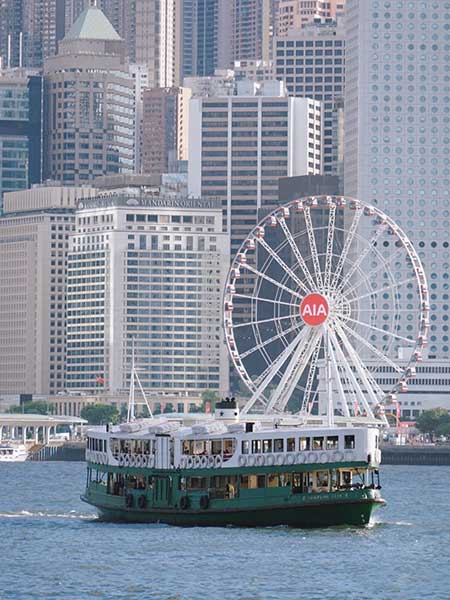
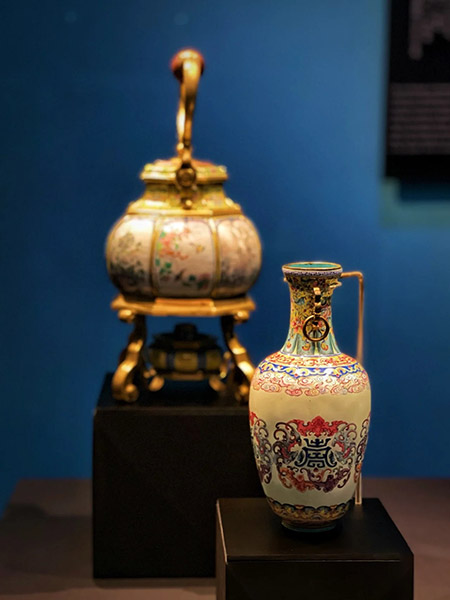
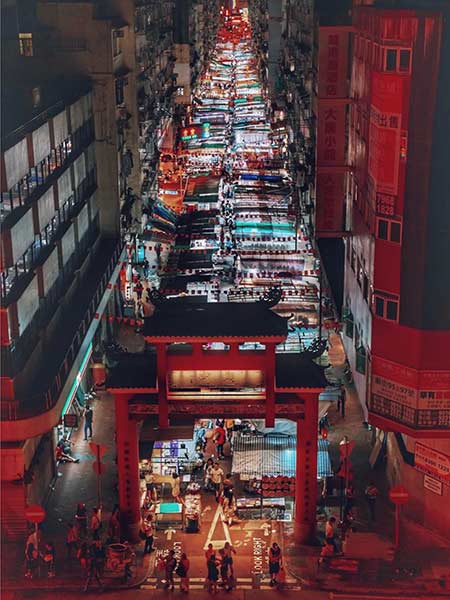
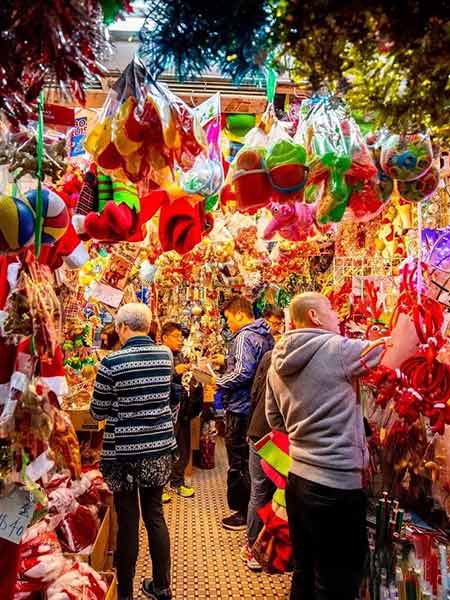
Star Ferry
The Star Ferry is one of the essential collective memories of Hong Kong people. Most of the ship’s hull adopts the upper half of white and the lower half of green, with a retro feel. Four stars decorate the chimney on the top of the ship, and each ship is named after a star in the sky, hence the name ‘Star Ferry.’
Hong Kong Palace Museum
It took five years and cost HK$3.5 billion for the Hong Kong Palace Museum to open this year finally. The Palace Museum in Beijing transported 914 pieces of cultural relics to the Hong Kong Palace Museum. These include 166 national cultural relics, which is the largest external shipment since the establishment of the Beijing Palace Museum in 1925, so much so that no insurance company dared to accept the order.
Please read ‘Explore the Hong Kong Palace Museum’ for detailed information.
Temple Street
Temple Street is a popular location for Hong Kong movies. Although it is only a short street, it concentrates on the most authentic Hong Kong people’s culture. Walking into Temple Street is like walking into a Hong Kong-style street in a Galaxy movie, with neon lights, small restaurants, and old buildings all recreated as in the film. Temple Street is famous for its night market, which is also an excellent place to take pictures. After nightfall, you can take a panoramic view of the night market from the parking lot opposite one end of Temple Street, just like the sci-fi images in a cyberpunk movie.
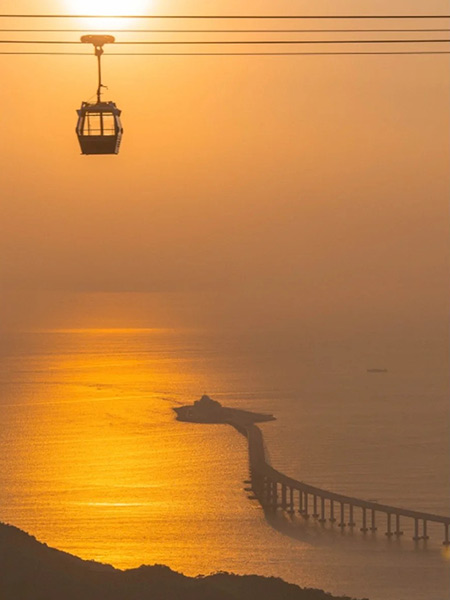
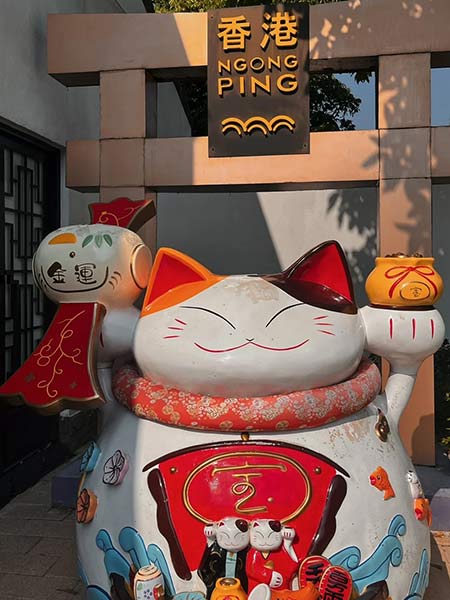
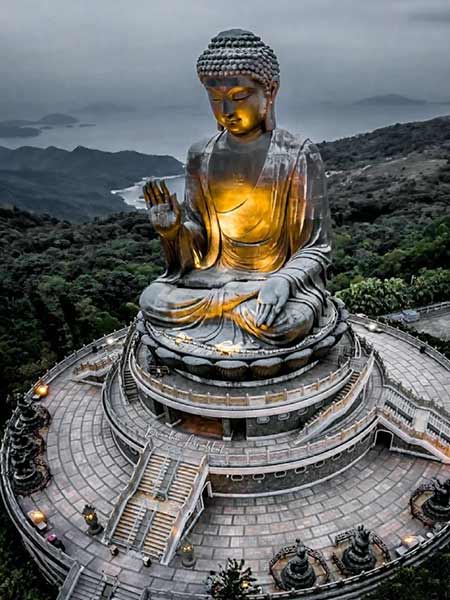
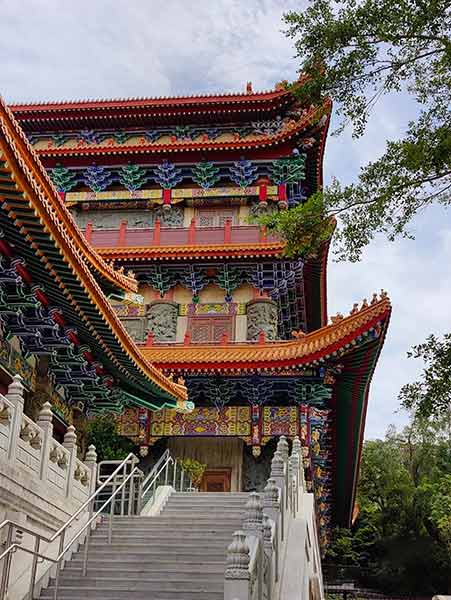
Ngong Ping 360 Cable Car
Take the MTR from downtown to Tung Chung and transfer to the Ngong Ping 360 cable car to climb the mountain. The cable car is the best place for the mesmerizing view of Lantau Island begins.
The scenery changes every second as the cable car slowly moves, the mountains and the sea beneath your feet. With the cable car ride, you will get a bird’s eye view of Tung Chung Bay, Hong Kong International Airport, Hong Kong-Zhuhai-Macao Bridge, Lantau Island, Tian Tan Buddha, and Ngong Ping Highlands.
Ngong Ping Village
Once you get off the cable car, you will arrive at Ngong Ping Village. The market has a variety of special souvenirs and snacks. While walking around, don’t miss a bodhi tree with people’s prayers hanging on its branches. These are a testament to people’s good wishes for the future.
Tian Tan Buddha
Walking along Ngong Ping Village, you can walk up to the top of Muk Yue Fung, 482 meters above sea level, and on the 268th stone step is the famous Tian Tan Buddha. Thirty-two meters high, it took 12 years to build this magnificent Buddha, which symbolizes the stability and prosperity of Hong Kong and the peace of the country and the world.
Po Lin Monastery
Underneath the Buddha is the Po Lin Monastery, known as the “Southern Heavenly Kingdom of Buddha.” Inside the temple is red brick and green tile, and outside the temple is the rich smell of incense mixed with the scent of clouds halfway up the mountain. The main buildings in the temple are the Mahavira Hall and the Ten Thousand Buddha Hall. Here the Chinese architectural aesthetics have achieved the temple’s majestic atmosphere.

